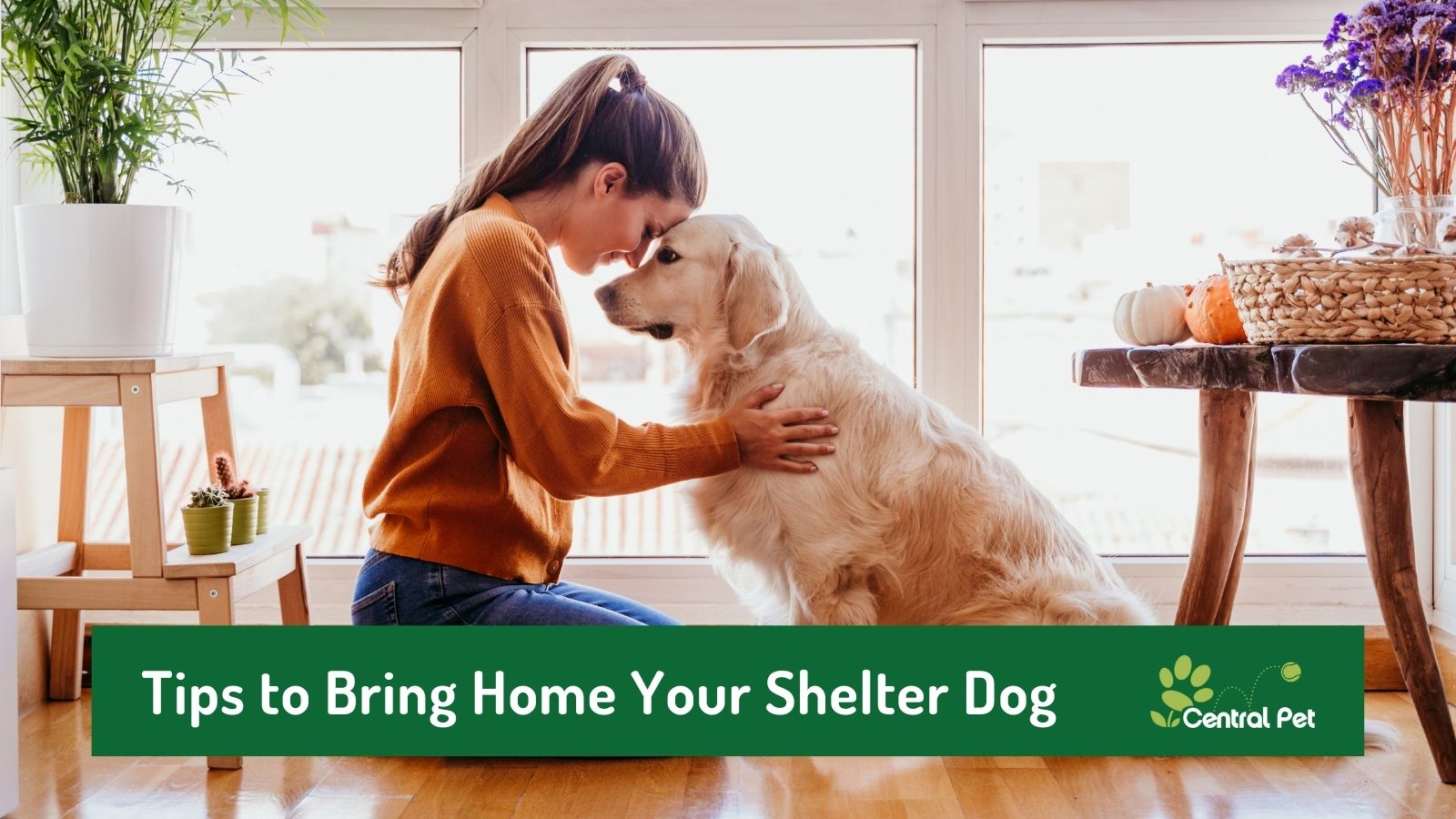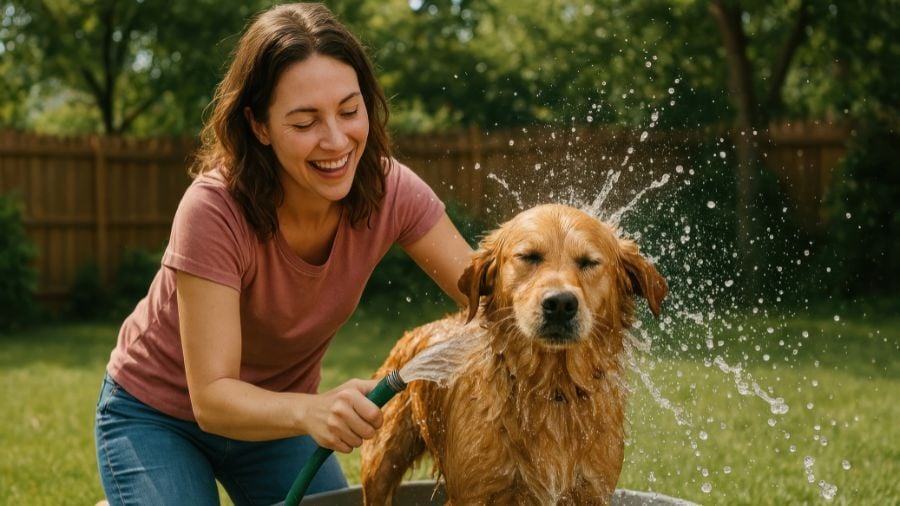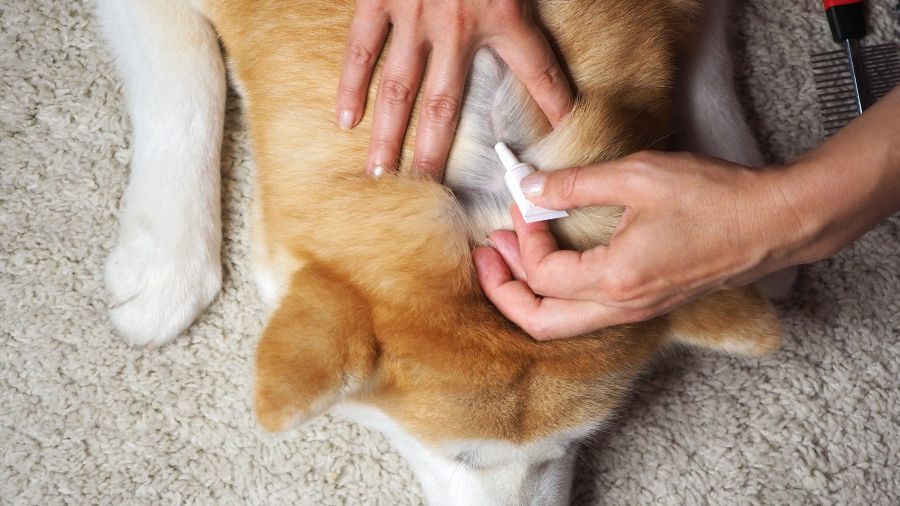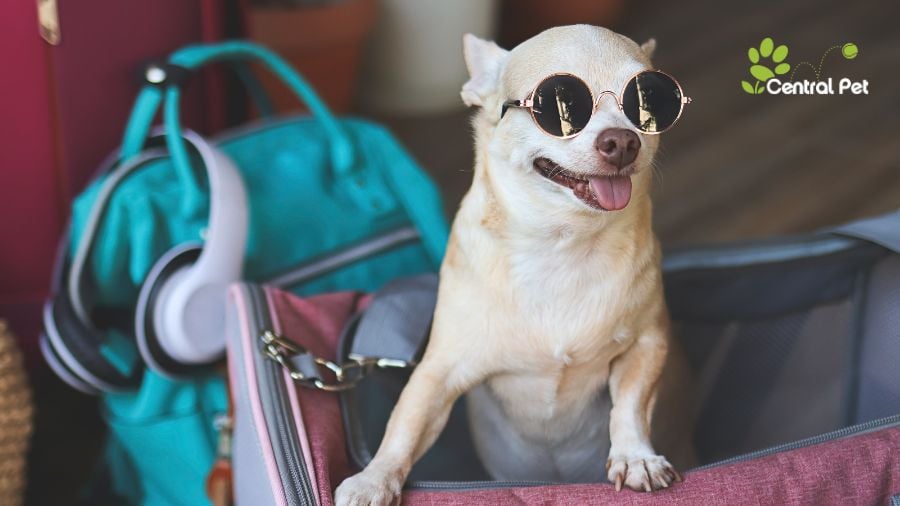Bringing a dog home for an animal shelter is an exciting time, but it can bring a lot of unknowns with it too. It can be stressful for you, your family, and the dog as you get used to each other, and the routine you're going to set.
It's important to take steps to ensure that the transition is as easy as possible for everybody. Let's discuss tips about bringing your shelter dog home and how to adjust to each other.
Before Bringing Your New Dog Home
There are several things you'll want to do and supplies you'll want to gather before you get your new dog. Having these things ready in advance will help you focus more on engaging with your dog rather than having to run around gathering supplies while your new pet waits for you to come back home or tags along with you to the pet store. Both of these situations can stress your dog unnecessarily, and they'll already be under enough stress adjusting to you and their new home.
That being said, you'll want to gather the following supplies before bringing your dog home from the shelter:
- Dog collar with a name tag – include your contact information on it
- Leash or harness (Read more about what to choose.)
- Food bowl
- Water bowl
- Crate - not too big and not too small for the size dog you're bringing home
- Pooper-scooper for your hard or during walks
- Bags to pick up poop during walks.
- Food - if you know what the dog is already eating, if not ask when you pick him up.
- Treats
- Toys
Try to feed your dog the same brand of food they already eat. If you want to feed them something different, gradually mix the new food with the food they are used to so you can hopefully avoid a stomach ache.
Choose a veterinarian before getting your dog since they'll need a vet visit during the first week you have them. You'll also want to delegate the responsibilities among yourself and the other people in your house, such as who will walk the dog and who will feed the dog. It's also a good idea to create a vocabulary list of commands you want to teach your new dog so that everyone is using the same commands. Consistency will reduce confusion for your dog.
Be sure to dog-proof your house. This includes:
- Taping wires to baseboards
- Moving household chemicals out of reach
- Removing plants that could be harmful to your dog
- Picking up any unsafe items that a dog may chew including food that may be in bags that sit on the floor such as chocolate, raisins, or chewing gum.
Tips for Day 1: Home from the Shelter
Try to bring your dog home during the weekend or whenever you'll be home for a few days. This gives you time to bond, gives your dog time to get used to their new surroundings, and keeps them from feeling abandoned.
The first thing you'll want to do once you get home with your new dog is to take him or her to the area where you want them to use the bathroom. Let them sniff around and familiarize themselves with the space. If they relieve themselves there, give them a treat as a reward, so they know they did something good. Take them back to this spot every couple of hours to minimize accidents in the house. Signs that indicate that your dog may need to use the bathroom include sniffing, circling, and whimpering.
Try to limit the rooms they are allowed in for the first few days. Having to get to know the whole house at once can be too much. Also, try to keep the number of family members your dog meets at a gradual pace. Introducing them to everyone at once can overwhelm them. If there are children in your family, tell them to resist the urge to pet and play with the dog and only engage with them when the dog comes to them. This will keep your new dog from feeling overwhelmed and cornered.
If you have a swimming pool, hot tub, kiddy pool, etc., keep in mind that not all dogs know how to swim. Please, do not assume that your dog will be able to figure out how to get themselves out of the pool or stay afloat on their own. Never leave them unsupervised near any body of water until you know they are water safe, just as you would do with a child.
It is often a good idea to introduce your new dog to a crate to give them a space of their where they can go when they want to sleep or are feeling overwhelmed.
Tips for Day 2: Home from the Shelter
On the second day together, you can start having some fun with your new dog! Be sure they have plenty of toys to play with and chew on so they will be less likely to make a chew toy out of your shoes or wallet. Try giving your dog commands for tricks like "shake" or "rollover" to see what they might already know and what they don't. It's also a good idea to evaluate how they prefer to play. Some dogs like to play fetch, while others prefer more mental stimulation, such as hiding treats in toys. Don't forget to try taking your pup for a walk around the block. This will be good to get him in the routine of going for walks with you.
Tips for The Rest of the First Week
You'll need to schedule a visit to the veterinarian during the first week of getting your new dog. The shelter you got them from has probably gotten them their first round of vaccinations and spayed/neutered them, but you may need to schedule their next round of vaccinations and have a general baseline checkup. This is also a good time to start a flea and tick regimen. If your new dog hasn't been tested for heartworm, this is very important to do. If there are no heartworms you can start on preventive medicine as well.
You may want to do a practice run of this vet visit by going to the vet's office a different day before the appointment. This will clue you in on what to expect as far as how your dog handles car rides and being around other dogs while on a leash.
Also, if you plan to have your dog participate in doggy daycare while you are at work or away from your home, then you'll want to reach out to your chosen boarding location and discuss their recommendations for temperament training and when it would be a good idea to start it.
If you follow these guidelines, you'll start off on the right foot (or paw) with your new dog and be well on your way to enjoying each other for years to come. And remember.... patience is KEY! Soon your new dog can become a much-loved and treasured member of the family.
Central Pet in Tucson Can Help
If you're interested in learning more about properly training your dog or would like to learn more about our doggy daycare options, please reach out. Our knowledgeable staff is ready to help you and your pet make a great transition to being lifelong friends!






